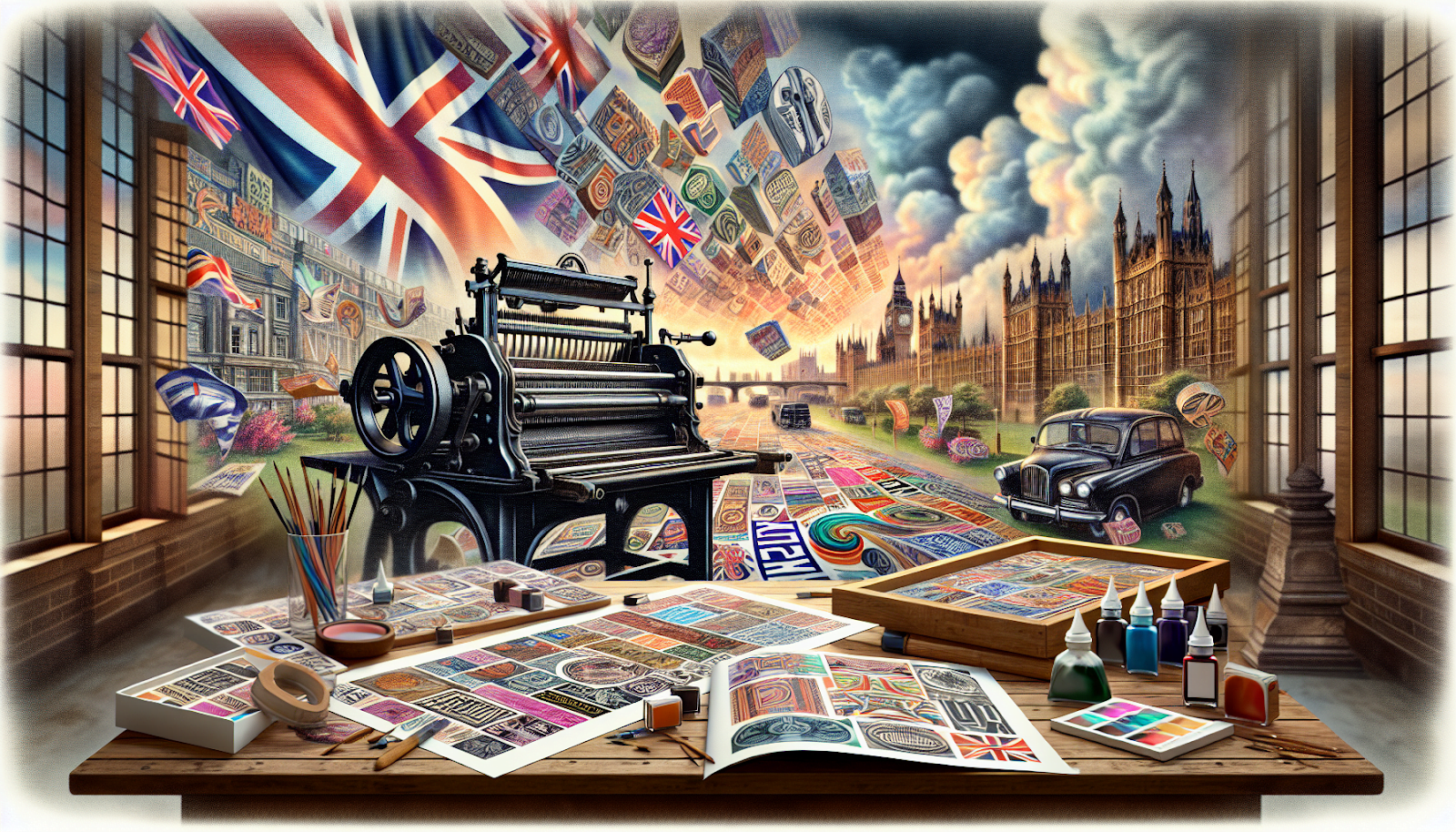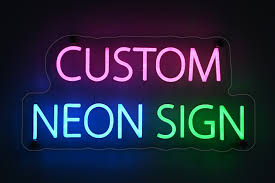Introduction
When it comes to creating a professional and eye-catching product, the label is just as important as the contents inside the jar. A well-designed and printed label can make your product stand out on the shelf and attract potential customers. In this comprehensive guide, we will walk you through the process of designing and printing jar labels.
Understanding Your Product and Target Audience
Before you start designing your jar labels, it’s essential to have a clear understanding of your product and target audience. Consider the following factors:
- Product type and purpose
- Target demographic
- Brand identity and values
- Packaging size and shape
By identifying these key elements, you can create labels that effectively communicate your product’s benefits and appeal to your target market.
Choosing the Right Label Material
The material you choose for your jar labels will depend on various factors, such as:
- Product contents (e.g., food, cosmetics, chemicals)
- Storage conditions (e.g., refrigeration, exposure to moisture)
- Desired durability and longevity
Some common label materials include:
- Paper: Affordable and versatile, suitable for dry products
- Polypropylene (PP): Water-resistant and durable, ideal for products exposed to moisture
- Vinyl: Highly durable and resistant to oils and chemicals, perfect for harsh environments
When selecting a label material, consider consulting with a professional Printed Labels UK provider to ensure you make the best choice for your product.
Designing Your Jar Labels
Choosing Design Software
To create your jar labels, you’ll need to use design software. Some popular options include:
- Adobe Illustrator
- Adobe Photoshop
- CorelDRAW
- Canva (for beginners)
Choose a software that you’re comfortable with and that offers the features and tools necessary for your label design.
Label Size and Shape
Determine the size and shape of your jar labels based on your packaging dimensions. Consider factors such as:
- Jar height and circumference
- Label placement (front, back, or wrap-around)
- Space required for product information and branding elements
Accurate measurements are crucial to ensure your labels fit perfectly on your jars.
Color Scheme
Select a color scheme that complements your brand identity and product. Consider the following tips:
- Use colors that evoke the desired emotion or message
- Ensure sufficient contrast between text and background for readability
- Limit your color palette to 2-3 primary colors for a cohesive look
Remember that color accuracy is essential when printing labels, so work with a reliable Label Printing UK provider to achieve the best results.
Typography
Choose typography that is legible, visually appealing, and aligned with your brand identity. Consider the following factors:
- Font style (serif, sans-serif, script)
- Font size and hierarchy
- Spacing and alignment
Use a maximum of 2-3 fonts to maintain a clean and professional look.
Graphic Elements
Incorporate graphic elements such as illustrations, icons, or patterns to enhance your label design. Ensure that these elements:
- Are relevant to your product and brand
- Are high-quality and visually appealing
- Do not clutter the design or compromise readability
Use graphic elements strategically to create a balanced and eye-catching composition.
Label Content and Information
Product Name and Description
Prominently display your product name and a brief description of its contents or benefits. Use clear and concise language that highlights your product’s unique selling points.
Ingredients and Nutritional Information
For food and cosmetic products, include a list of ingredients and nutritional information as required by law. Ensure that this information is accurate, up-to-date, and easily readable.
Instructions and Warnings
If applicable, provide instructions for use and any necessary warnings or precautions. This information should be clear, concise, and easily understandable.
Branding Elements
Incorporate your brand logo, tagline, and any other relevant branding elements to create a consistent and recognizable brand identity across your product line.
Preparing Your Label Files for Printing
File Format and Resolution
When saving your label files for printing, use the following guidelines:
- Save files in a vector format (e.g., AI, EPS, PDF) for best quality
- Use high-resolution images (300 dpi or higher)
- Convert text to outlines to avoid font compatibility issues
Consult with your Label Printing UK provider for specific file requirements and recommendations.
Bleed and Safe Zones
To ensure your labels print correctly, include a bleed area (usually 3-5mm) around the edges of your design. This extra space allows for slight shifting during the printing process.
Also, keep important text and graphic elements within a safe zone, typically 3-5mm inside the label border, to avoid any crucial information being cut off.
Proofreading and Revisions
Before sending your label files to print, proofread all text for spelling and grammatical errors. Double-check that all product information, ingredients, and instructions are accurate and up-to-date.
Make any necessary revisions and have your design reviewed by multiple team members to catch any potential issues or improvements.
Choosing a Label Printing UK Provider
Quality and Reputation
When selecting a Label Printing UK provider, consider their reputation for quality and customer service. Look for reviews, testimonials, and case studies to gauge their expertise and reliability.
Print Methods and Capabilities
Inquire about the print methods and capabilities offered by potential providers. Some common print methods for jar labels include:
- Digital printing: Cost-effective for small to medium print runs, with quick turnaround times
- Flexographic printing: Ideal for large print runs, with high-quality results and a variety of substrate options
Ensure that your chosen provider can accommodate your specific label requirements and print quantities.
Turnaround Time and Pricing
Discuss turnaround times and pricing with potential Label Printing UK providers to ensure they align with your budget and timeline. Consider factors such as:
- Print quantity
- Label size and complexity
- Shipping and delivery options
Request quotes from multiple providers to compare prices and services, but remember that the lowest price may not always offer the best value or quality.
Proofing and Approving Your Labels
Digital Proofs
Before proceeding with the full print run, request digital proofs from your Label Printing UK provider. Review these proofs carefully for any errors, color accuracy, and overall design quality.
Make any necessary revisions and communicate clearly with your provider to ensure that the final labels meet your expectations.
Physical Samples
If possible, request physical samples of your printed labels to check for quality, color accuracy, and material properties. This step is particularly important if you’re using a new provider or trying a different label material.
Approve the physical samples before giving the green light for the full print run to avoid any costly mistakes or delays.
Receiving and Applying Your Labels
Inspection and Quality Control
Upon receiving your printed labels, conduct a thorough inspection to ensure they meet your quality standards. Check for any defects, color inconsistencies, or damage that may have occurred during shipping.
If you notice any issues, contact your Label Printing UK provider immediately to discuss a resolution.
Storage and Handling
Before applying your labels, ensure that your jars are clean, dry, and free of any residue or debris. Store your labels in a cool, dry place away from direct sunlight to maintain their quality and adhesive properties.
Follow any specific storage and handling instructions provided by your label supplier to ensure the best results.
Label Application
When applying your labels, use the following tips:
- Align labels consistently on each jar
- Smooth out any air bubbles or wrinkles
- Apply labels at room temperature for best adhesion
Consider using label application equipment for larger quantities to ensure precision and efficiency.
Conclusion
Creating professional and eye-catching jar labels involves a combination of careful planning, thoughtful design, and reliable printing. By following this step-by-step guide and working with a reputable Printing company in the UK, you can ensure that your labels effectively showcase your product and brand.
Remember to prioritize quality, consistency, and attention to detail throughout the label design and printing process to create a lasting impression on your customers.







Be First to Comment